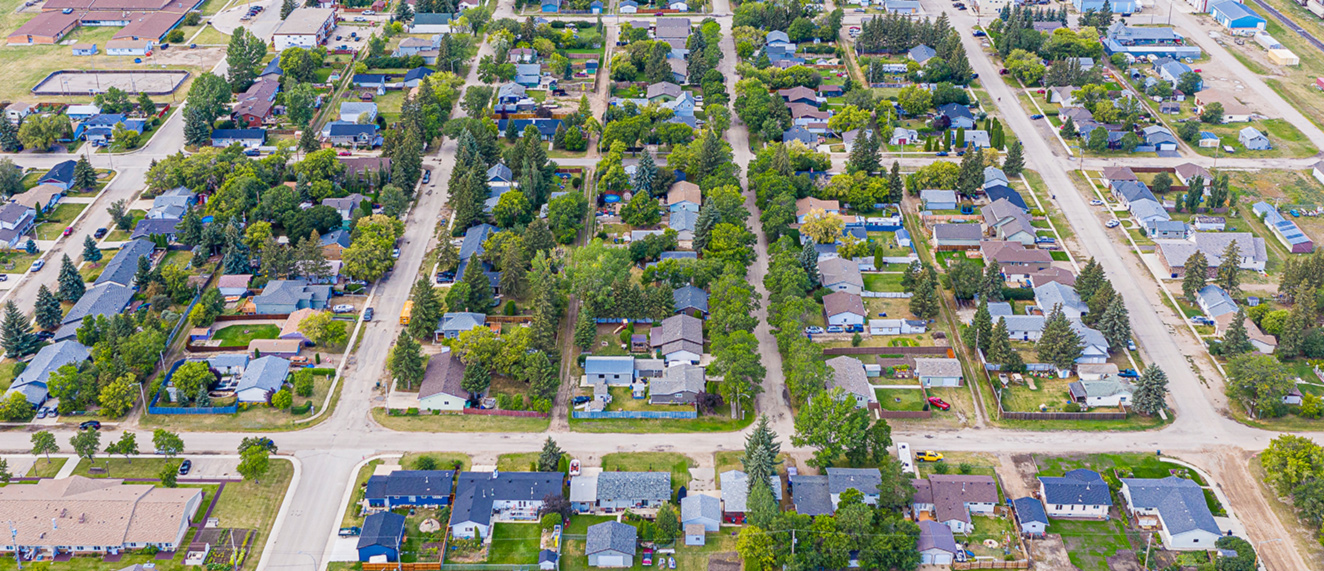On Wednesday, July 13, the Bank of Canada hiked its target for the trend-setting overnight lending rate by 100 basis points—the largest hike in more than 20 years. Below, CREA’s Senior Economist Shaun Cathcart explains what that might mean for housing:
Normally I use this monthly blog post to discuss the latest data from resale housing markets in Canada. I’m going to do something a little different this month, but before I move on to the bigger story of the week, I’ll give the Coles Notes version of the housing story for June.
Housing activity in June looked a lot like April and May, with sales continuing to wind down and prices edging back a bit more. The biggest difference would be a little less of a decline on the sales side and a bit more on the price side, although the price story is mostly an Ontario (and parts of British Columbia) thing at this point.
Sales are now a little below average and new listings are on the higher side of a normal range. As a result, overall listings are rising from record lows.
It’s not a surprise that higher mortgage rates and a tougher stress test have hit more expensive markets and more expensive market segments harder. A lot of people have been sidelined, and a lot of people have also chosen to move to the sidelines this summer. These changes have happened quickly, and we’re still in early days. Data for August, September and October should bring the picture into sharper focus.
Bank of Canada’s “shocking” rate hike
With that update out of the way, let’s talk about the Bank of Canada’s “shocking” 100 basis point rate hike on July 13, since that’s what I’ve been getting the most questions about.
In my experience as a data analyst for almost two decades, big round numbers are always “shocking”. A 100 basis point hike! $1,000,000 dollar price! They make for great headlines, but how “shocking” was this hike for Bank of Canada watchers? A little, I guess.
A 75 basis point hike was expected, and there was plenty of chatter about 100 basis points. It wasn’t the consensus at press time, but it was on the table. And if you think about other recent announcements by the Bank being increasingly more hawkish on inflation and trying to tamp down inflation expectations, maybe it shouldn’t have been as a surprise at all.
That’s one reason why markets didn’t really react. But there’s another reason: what the Bank said in its press release. The first sentence of the last paragraph in the release says, “the Governing Council decided to front-load the path to higher interest rates by raising the policy rate by 100 basis points today.”
Front-load the path. Same path, front-loaded. That implies the same end point for later this year, likely somewhere in the mid-to-low 3% range or slightly above what the Bank considers neutral (2% to 3%). That expectation hasn’t really changed since March, so the extra 25 basis points in July over and above what was expected may be 25 basis points they don’t do in either September, October or December.
If that’s the case, then it’s like ripping off a band-aid—just get it over with because the fixed rate mortgage space has already priced most of it in anyway.
What does this mean for mortgages?
Which brings me to my next point. What’s thumping the housing market right now? Borrowers are being offered five-year fixed rates in the 5% range. That’s a lot higher than a few months ago, but everyone has been qualified at 5.25% over the past year seemingly without too much issue. So, it must be the stress test in the fixed space having gone in just a few months from 5.25% to the low 7% range that’s impacting the market now.
When the stress test came into being, the 200 basis point buffer was chosen because rates would someday go back to more normal levels—like the low 5% range. When rates fell to record lows in late 2020 and early 2021, an even stricter stress test rate, 5.25%, was brought in because rates would someday go back to more normal levels—something like the low 5% range. For a short time that was a 300 basis point buffer!
Well, rates have, very quickly, gone back to more normal levels—the low 5% range. Moreover, the Bank of Canada’s messaging increasingly suggests they’re planning on very quickly getting to the mid-to-low 3% range on the overnight rate but then stopping there.
If that expected trajectory for interest rates is mostly priced into five-year fixed rates already, that means we’re already getting near the top for fixed borrowing costs. Which begs the question for policymakers: does a 200 basis point stress test still make sense?
Want to learn more? Head on over to creastats.ca.




